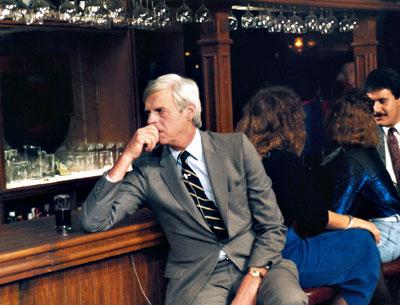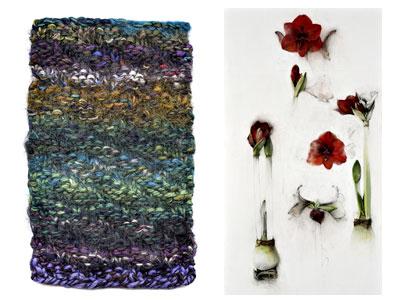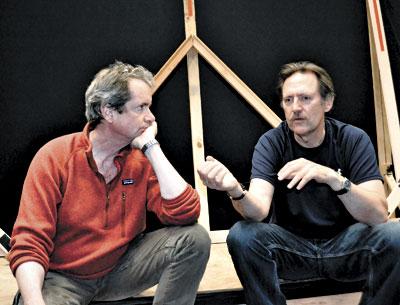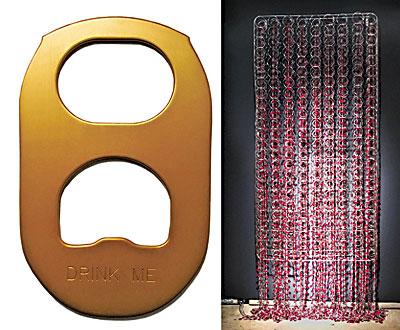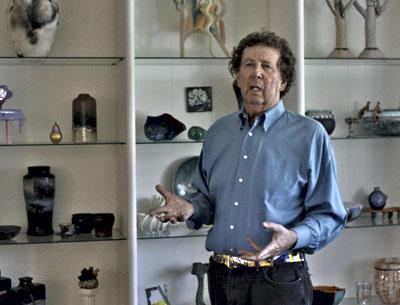‘Patriocracy’
‘Patriocracy’
The Hampton Library in Bridgehampton has initiated a community outreach program that will offer free screenings of films from prior Hamptons Take 2 Documentary Film Festivals on the third Wednesday of the month. The first offering, scheduled for Wednesday at 7 p.m., will be “Patriocracy.” Directed by Brian Malone, the 2012 film explores the extreme polarization in America, which, it posits, prevents the country from tackling its most serious problems.
Insights into the problem are offered by politicians, journalists, and academics of all persuasions, among whom are Bob Schieffer, CBS News’ chief Washington correspondent; Pat Buchanan, a two-time candidate for the Republican presidential nomination; Senator Mark Warner, and Mickey Edwards, a former U.S. representative from Oklahoma who has taught at Harvard, Georgetown, and Princeton since leaving office.

